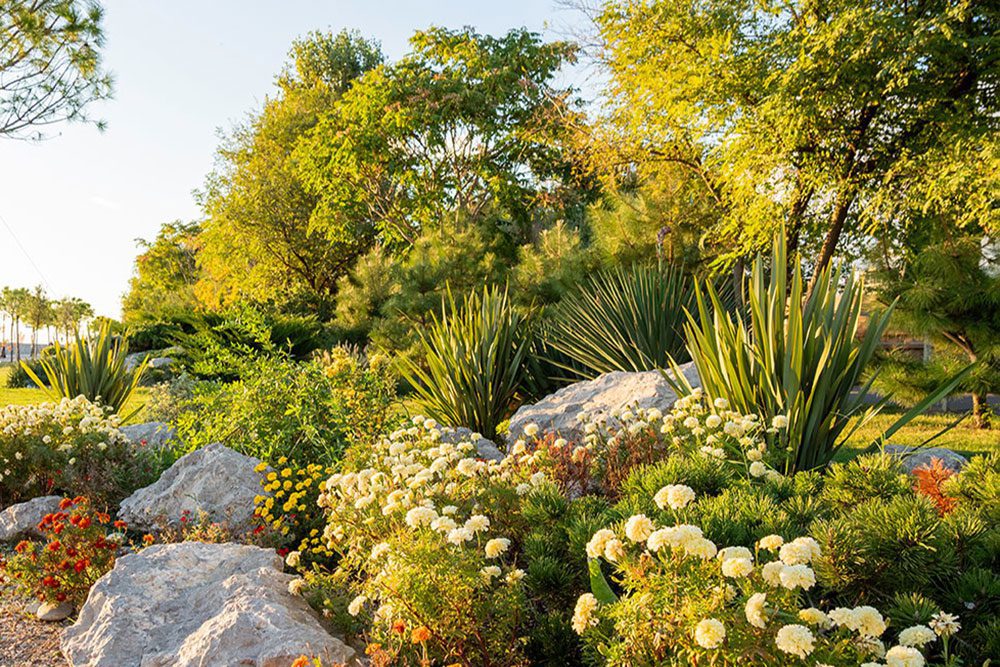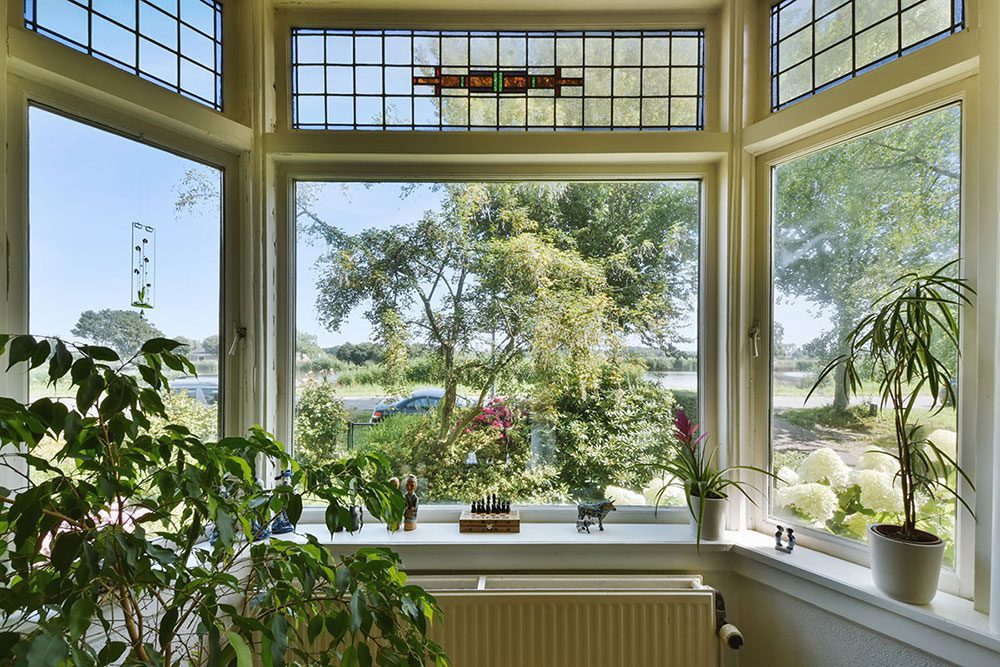By Patrick Regnault FAIH RH
Gardens enhance any buildings, they make them surge and embrace the ground on which they repose. Shrubs and trees give scale, soften or accentuate parts of the buildings. Water features, paths and hard landscapes give a sense of direction and lead the eyes and the feet to the heart of the structure. Landscaped grounds give a soul to a building, it grounds the design.
This goes for large builds but also for the humble suburban house or semi. It seems however that, in general, landscaping is relegated to an afterthought. Budget is made for the structure but little to the landscaping. With budget blow out any money put aside for the landscaping is then further diminished.
Developers, builders , architects and their clients would benefit from the involvement of a horticulturist from the start and adequate budget put aside. If the budget is limited, a simpler design focusing on soft landscape and varied plant selection can do marvel. Hard landscape can be paired down to the minimal if the land gradient allows it.
At worse the landscaping is done by the builder’s labourer, unqualified, unprepared for the complexity of soil preparation and plant selection.
Soil is not dirt, it is a medium that allows life to thrive, it is from its health that the grounds will become a heaven for vibrant life or a semi-arid dead zone. Soil preparation is the most important part of the garden makeover. Soil can be shaped to direct water where needed, it can give the garden forms it did not have it to start with. Soil pH and structure will dictate the plant selection. We do not always need to import fresh soil to a site if we have saved top soil from the building excavation or if the soil has not been contaminated during the built.
Plant selection is always the most difficult part, shapes, forms, colours, timing, all add a level of complexity to obtain a varied and bio-diverse garden. Understanding how plants will grow in the next decades, how their root systems will develop and their influences on structures and pipes requires practice, studies, knowledge.
Plants have an effect on surface water, they break raindrop to smaller sizes, slow the water down, hold the soil. A lot can be done by plant alone that will be effective. Vegetation’s engineering role is very much underestimated.

Vegetation’s thermal role within and without buildings is now well researched and understood, but its psychological effects are understood in a therapeutic setting but is given less importance or even ignored in its day to day use.
In the case of the front yard, it is the transition between the hustle of the outside world and the peace of the interior. The front garden, if it exists, needs to be designed to give the brain a period of adjustment in such a way that by the time the door shuts something subtle has changed in the person demeanour, some of the preoccupations are left behind.
The garden is also viewed from inside the house. It serves to rest the eyes, and the brain, to calm the nervous system and reset the mind. The garden is a reminder of the natural world and our place within it. A garden with a large plant palette will be inhabited by a large selection of animal life which can be viewed from the inside and outside. Their presence a further prompt to our place in the web of life.

Gardens are much more than the lipstick and eye shadow, more than the shiny suit. Gardens are functional, sensual, ornamental, culinary, contemplative, artistic. Gardens associated with buildings give them a sense, a feel, an aesthetic which complement them and set them apart. When a building and the garden are planned together, as a unit the economic, physical and psychological benefits are maximised.
Let us walk back towards the building we first saw, this time it is sitting within a garden. We walk along a meandering path bordered by shrubbery, a bit further a lawn leads or eyes to the right of the building to a glass frontage whilst the left side is softened by small trees and flower beds. The building is revealed slowly, patiently, modestly, its architectural form, shape and contrast take on an other dimension. A building needs a context, the garden provides it.